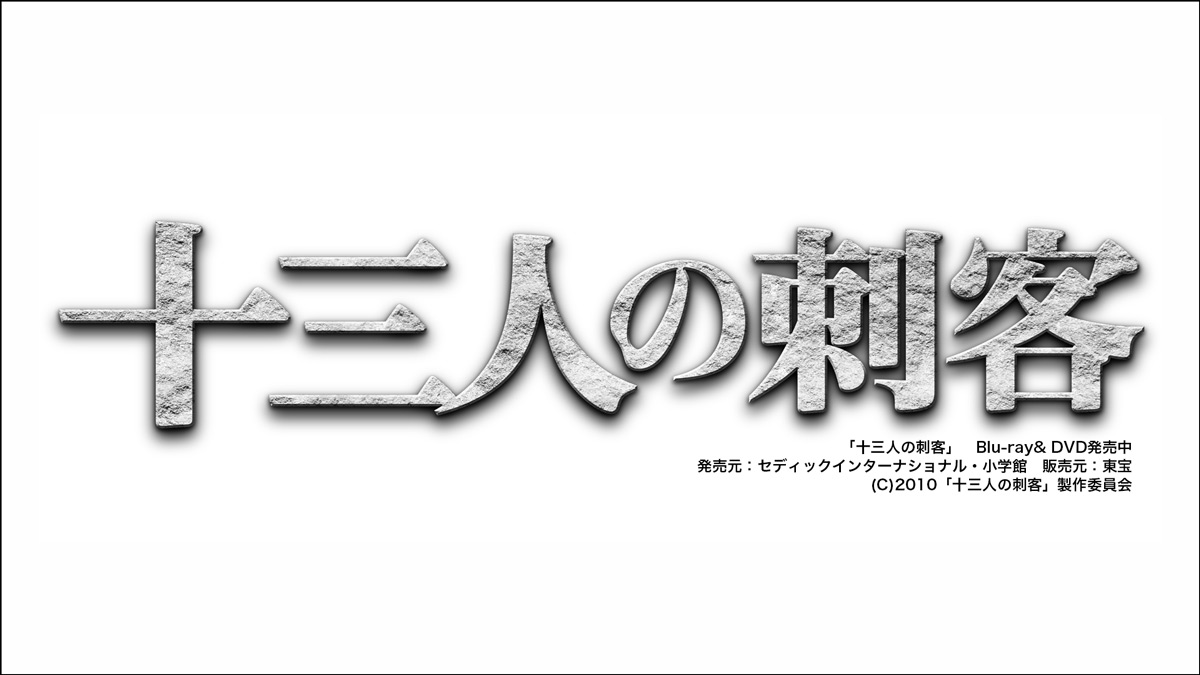
Respect for the original “Thirteen Assassins” is not enough! Takashi Miike's strong skill brought to life a masterpiece historical drama that remains in the history of film.
2017.10.12
"Thirteen Assassins" synopsis
Late Edo period. The tyranny of Matsudaira Naritsugu, the younger brother of the shogun Ieyoshi and the lord of the Akashi domain, was astounding. Qi Shao is a man who will soon be appointed to the role of Rojyu. Toshitoshi Doi, an elder statesman who is concerned about the survival of the shogunate, gives a secret order to Shinzaemon Shimada, a man who has known him well, to assassinate Saisho. Immediately, Shinzaemon gathered together 11 men, including his nephew Shinrokuro, and organized an assassination squad of 13 people, including Koyata Kiga, a mountain folk who would later join, and devised an elaborate plan. To go. However, Saisha's confidant, Kito Hanbei, also shrewdly sensed the movement and made careful preparations to protect his precious lord...
Index
- Genius Takashi Miike remakes a masterpiece historical drama that remains in movie history
- The original version of ``Thirteen Assassins'' is a ``war movie.''
- A bold challenge unique to remakes that goes beyond respecting the original.
Genius Takashi Miike remakes a masterpiece historical drama that remains in movie history
``The Thirteen Assassins'' (10) is about the shogun's younger brother, the lord of the Akashi domain, who is a cruel and cruel man. Thirteen samurai are secretly ordered to assassinate the lord of the Akashi clan, who is the younger brother of the shogun. This is an action historical drama in which he leads a group of assassins and attacks a parade of feudal lords.
The highlight, of course, is the spectacular climax battle that takes place over an endless 50 minutes at a post town in the mountains. There were only 13 assassins, compared to 300 members of the Akashi clan. There's no way you can win by competing head-to-head. So, Shinzaemon Shimada, played by Koji Yakusho, uses all his ingenuity, sets traps, takes a chance on a high-stakes gamble, and in the end, he goes straight and ``cuts, cuts, and slashes.''
The director is Takashi Miike, a demon in the Japanese film industry. It is difficult to judge him because of his unconventional style and his prolific production, which is rich in variety, but ``Thirteen Assassins'', which pursues the standard of entertainment without losing the director's unconventional style, is perfect and is a masterpiece. There are many people who recommend it.
The film was originally based on the Toei film of the same name released in 1963 by director Eiichi Kudo, and Miike's version is a remake. In 1990, it was made into a TV drama starring Tatsuya Nakadai, and in 2012, a stage version was performed.The reason why the story has been retold repeatedly over the past half century is simply because the original was a masterpiece. . When I actually compare it to Miike's version, I am surprised at how many scenes are faithful to the original. This is probably a sign of respect for the great original.
The original version of “The Thirteen Assassins” is a “war movie”

